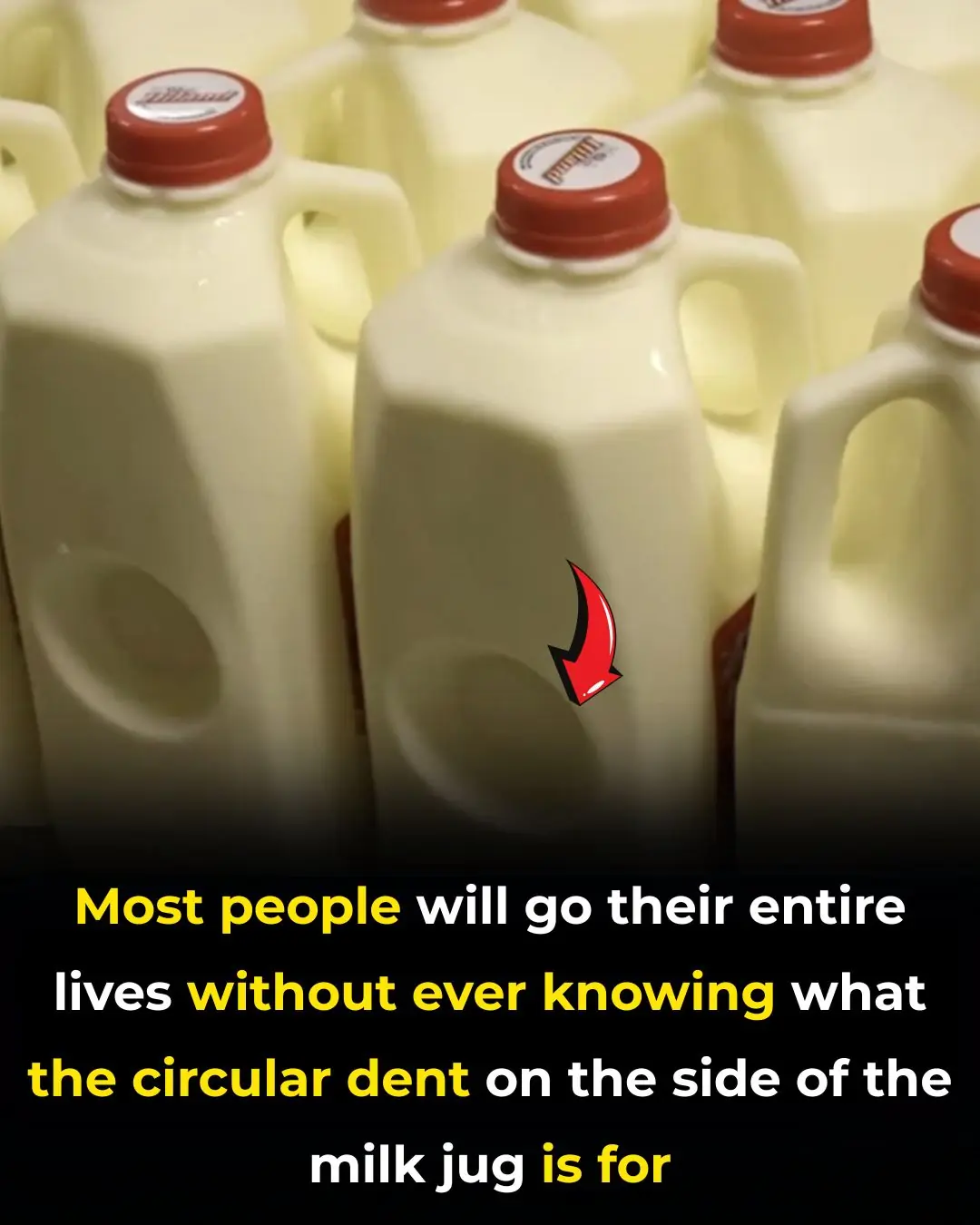
The Growing Threat of Space Debris: Managing Earth’s Crowded Orbit
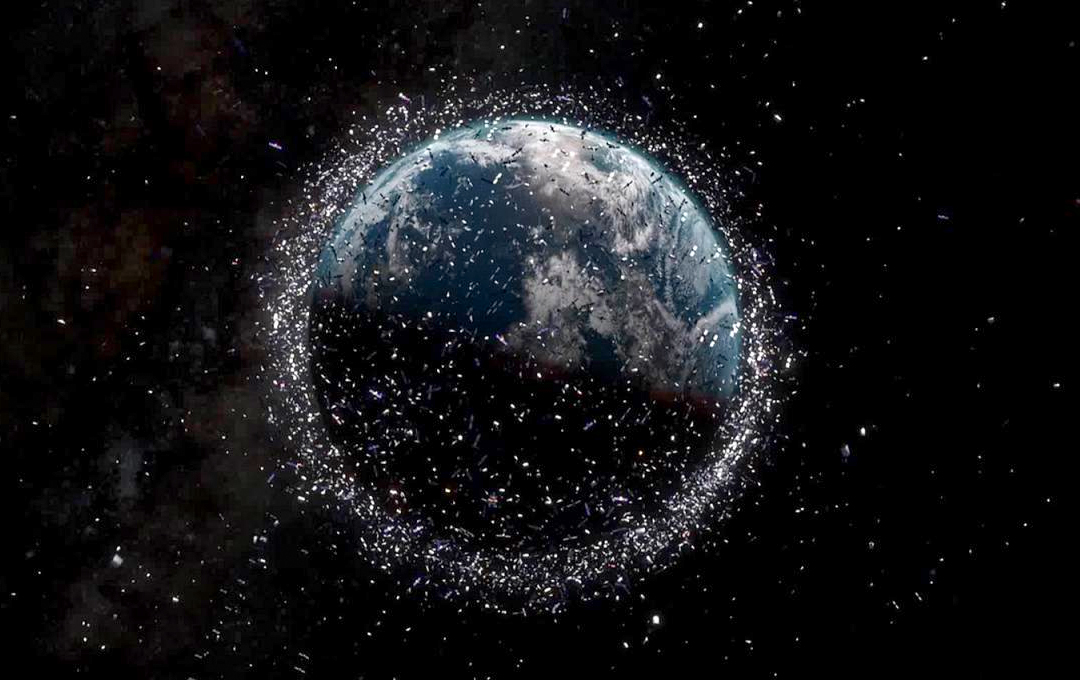
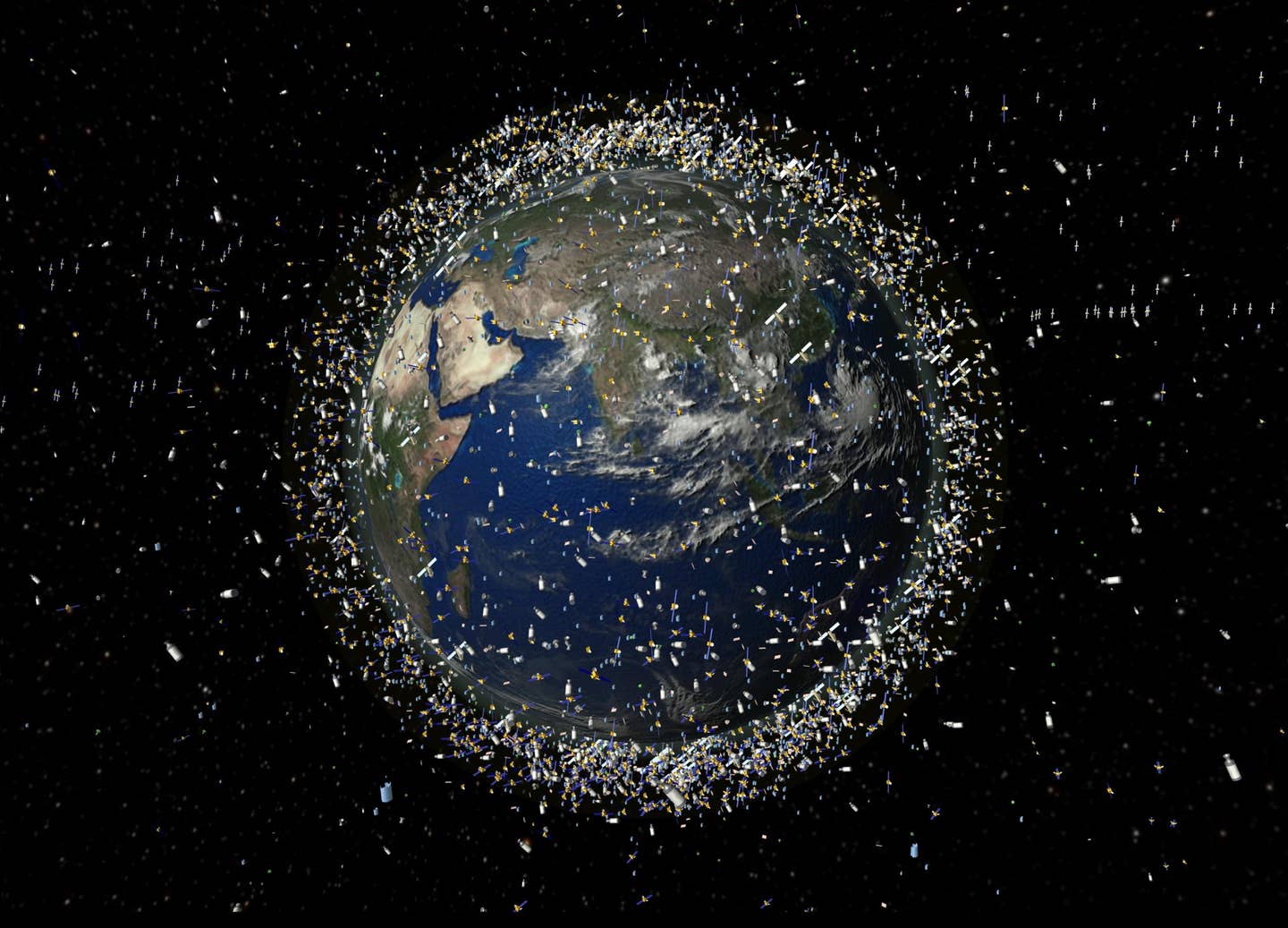

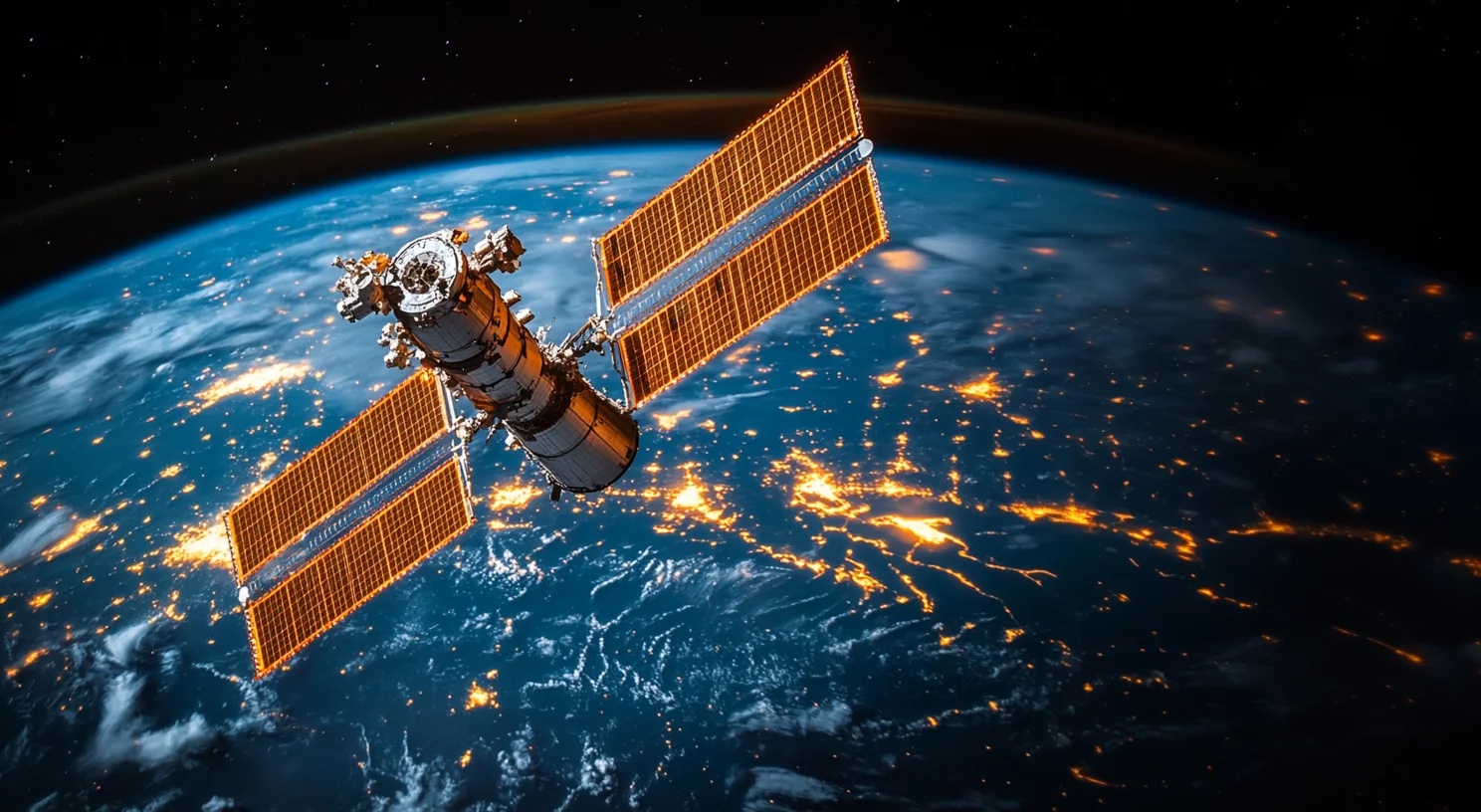
As of 2025, an estimated 10,000 active satellites orbit the Earth—a dramatic increase fueled by rapid advancements in space technology and the emergence of mega-constellations like SpaceX’s Starlink. This explosive growth has transformed satellite communications, global navigation, climate monitoring, and scientific exploration. However, it has also brought a darker consequence: an alarming rise in space debris, threatening not only current missions but the future of spaceflight itself.
The Satellite Boom: Opportunities and Overcrowding
Over the past decade, the number of satellite launches has surged, largely due to the participation of commercial tech giants, national space agencies, and international coalitions. Private companies such as SpaceX, Amazon (with its upcoming Project Kuiper), and OneWeb are racing to build global broadband networks by deploying thousands of satellites in low Earth orbit (LEO).
SpaceX’s Starlink alone has launched more than 5,000 satellites, with plans to scale this number into the tens of thousands. These mega-constellations promise faster, more reliable internet for even the most remote regions of the planet, and play a critical role in supporting services like remote education, disaster response, and IoT connectivity.
However, this unprecedented expansion comes with significant trade-offs. As more satellites occupy LEO, the orbital environment becomes increasingly crowded, raising the risks of malfunctions, accidental collisions, and the generation of even more debris.
What Is Space Debris—and Why It Matters
Space debris, also known as orbital junk or space waste, refers to non-functional satellites, discarded rocket parts, and fragments from past collisions. These objects travel at incredible speeds—up to 28,000 kilometers per hour (17,500 mph)—making even small shards potentially lethal to active spacecraft.
One of the most alarming theoretical risks is the Kessler Syndrome—a cascading chain reaction where one collision generates more debris, which in turn causes further collisions, eventually rendering entire orbits unusable. While this scenario remains hypothetical, the frequency of near-misses is growing, inching reality closer to this worst-case outcome.
In fact, in recent years, the International Space Station (ISS) has had to perform multiple evasive maneuvers to dodge debris. Such incidents underscore the immediate and growing challenge of maintaining safe operations in Earth’s orbit.
The consequences of an orbital collision could be severe: the loss of satellites essential for weather forecasting, GPS navigation, military surveillance, telecommunications, and emergency services. In short, the stakes are global.
Current Mitigation Strategies and Innovative Solutions
Recognizing the gravity of the situation, both public and private sectors are mobilizing to address the mounting debris problem. A variety of technologies and strategies are currently being tested or implemented:
-
Active Debris Removal (ADR): Several startups and space agencies are developing specialized systems—such as robotic arms, nets, lasers, and harpoons—designed to capture and safely deorbit defunct satellites. Companies like Astroscale (Japan) and ClearSpace (Europe) are leading the charge with demonstration missions planned or underway.
-
End-of-Life Deorbiting Technologies: Modern satellite designs increasingly include propulsion systems, drag sails, or auto-deorbiting mechanisms that help guide satellites back into Earth’s atmosphere at the end of their service life, where they safely burn up.
-
Space Traffic Management (STM): New AI-powered tracking systems and predictive analytics are improving collision avoidance capabilities. Governments and private organizations are investing in global STM infrastructure to coordinate satellite maneuvers and reduce the chances of impact.
-
International Regulations and Guidelines: Global organizations such as the United Nations Office for Outer Space Affairs (UNOOSA) and the Committee on the Peaceful Uses of Outer Space (COPUOS) are working on strengthening international space law, promoting sustainable behavior, and setting enforceable standards for responsible satellite deployment and disposal.
-
Public-Private Collaboration: As no single nation owns outer space, the solution requires broad international cooperation and transparency. Joint initiatives, data sharing, and common protocols will be key to mitigating long-term risks.
Securing a Sustainable Space Future
With satellite deployments expected to double or triple in the coming years, the importance of space sustainability has never been more urgent. Preserving the functionality of Earth’s orbit isn’t just a matter of technology—it's about protecting the infrastructure that modern civilization increasingly depends on.
Governments, corporations, scientists, and space policy leaders must work together to ensure that near-Earth space remains a safe, shared environment. This means not only managing existing debris, but also adopting sustainable launch practices, enforcing accountability, and designing next-generation satellites with end-of-life planning in mind.
If humanity fails to take decisive action, the consequences could be irreversible: vital orbits rendered unusable, future exploration efforts jeopardized, and billions of dollars in assets lost.
However, there is still hope. With continued technological innovation, clear regulations, and cross-border collaboration, it is possible to balance the benefits of satellite proliferation with the responsibility of orbital stewardship.
The race is on—not just to explore space, but to preserve it.
News in the same category


Pick Your Robin
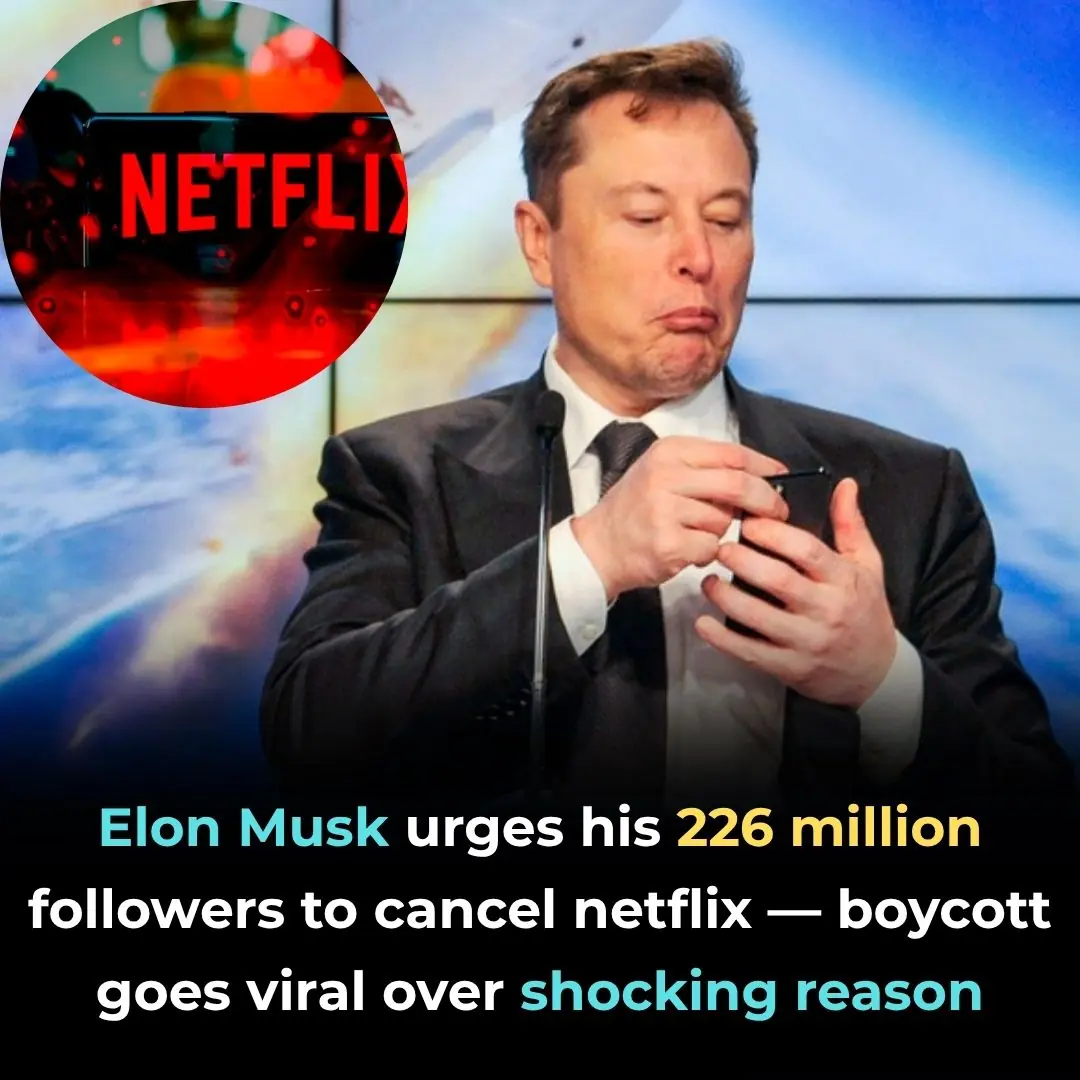
Elon Musk Urges Millions to Cancel Netflix as Boycott Gains Viral Momentum
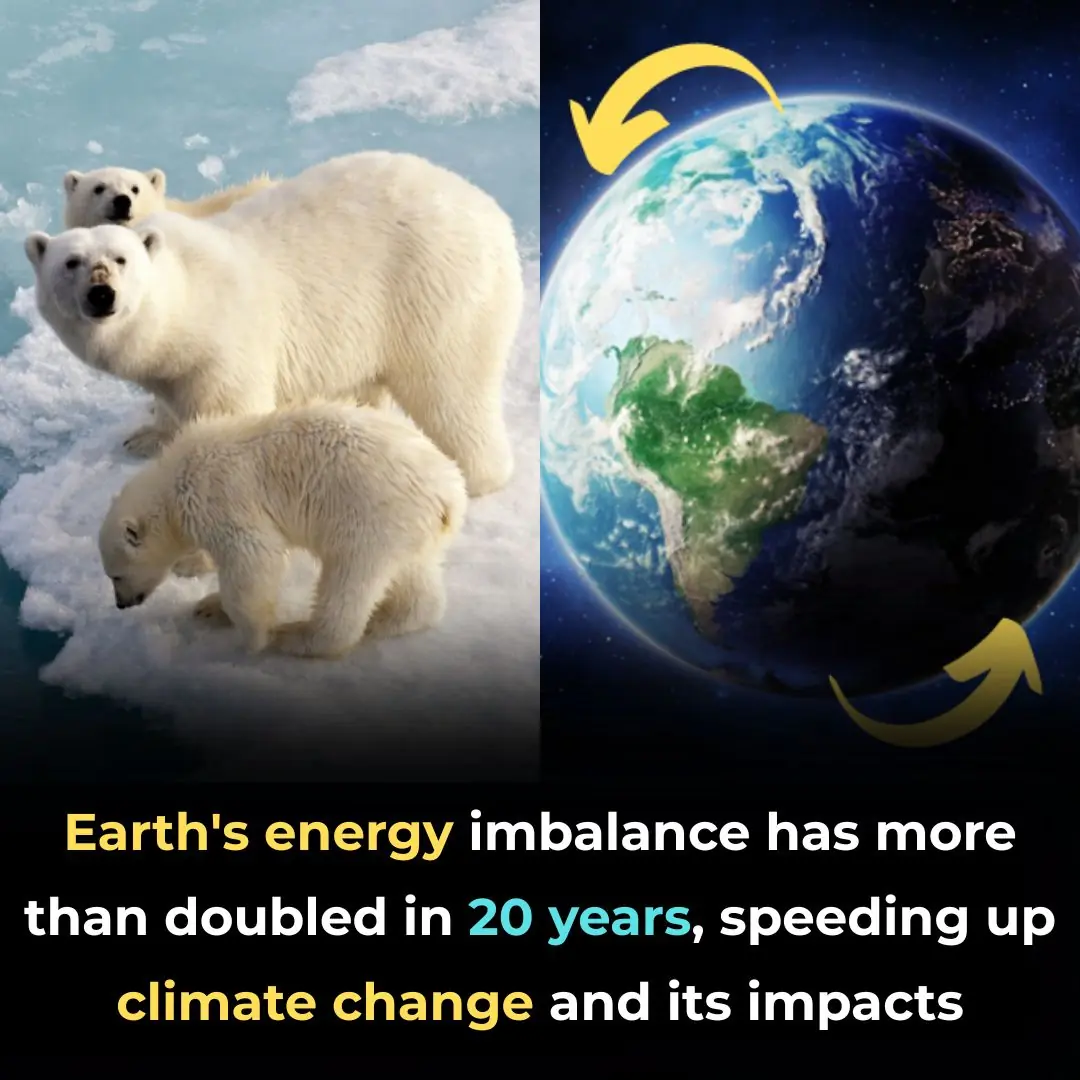
Earth’s Energy Imbalance Doubles Speeding Up Climate Change

15+ Things Women Find Unattractive in Men Over 50

Strongest solar flare of 2025 erupts from sun, sparking radio blackouts across Europe, Asia and the Middle East (video)
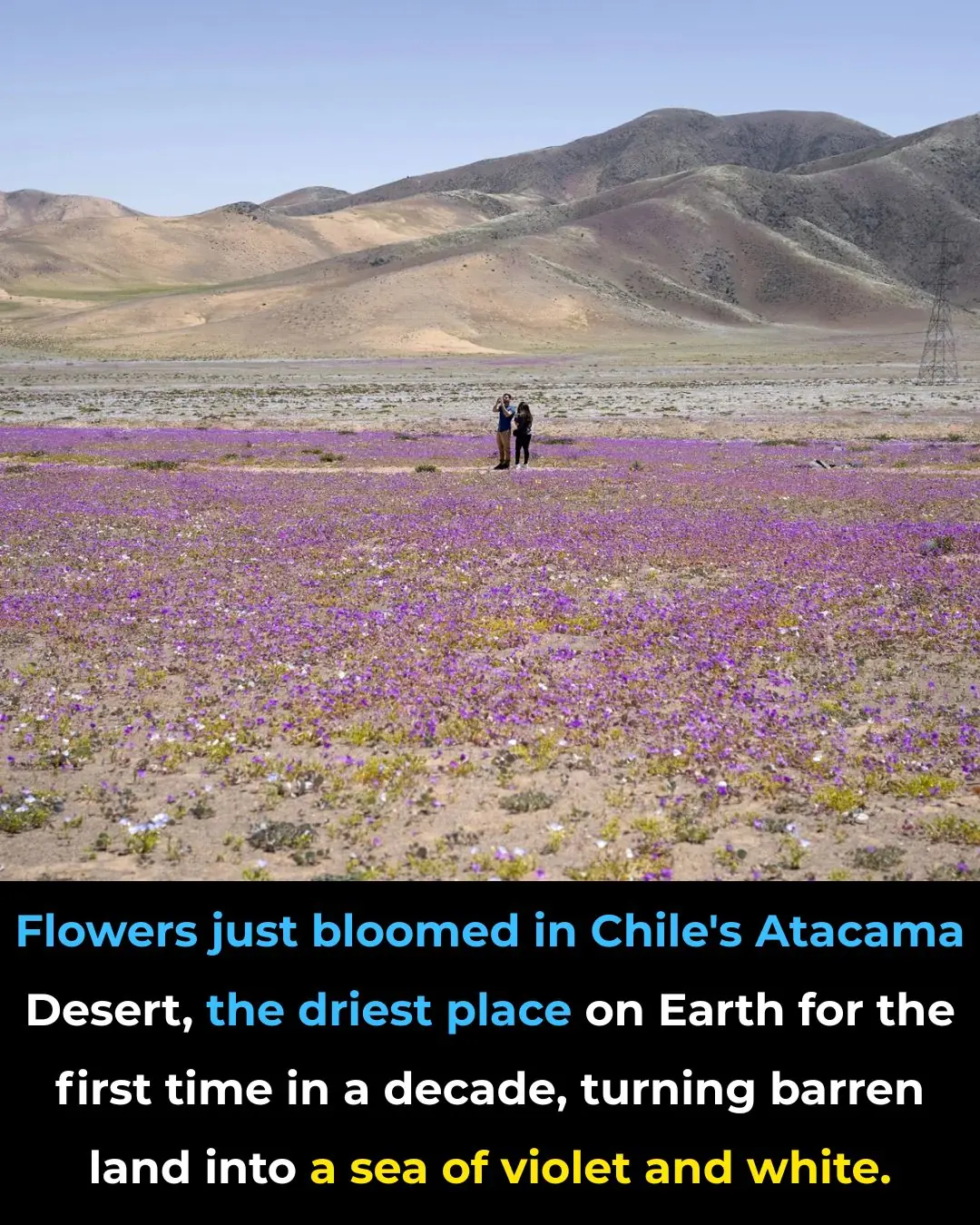
Why Driest Desert on Earth Sometimes Blooms? And What Secrets Revealed?

Norway Is the World’s First Nation to Ban Deforestation
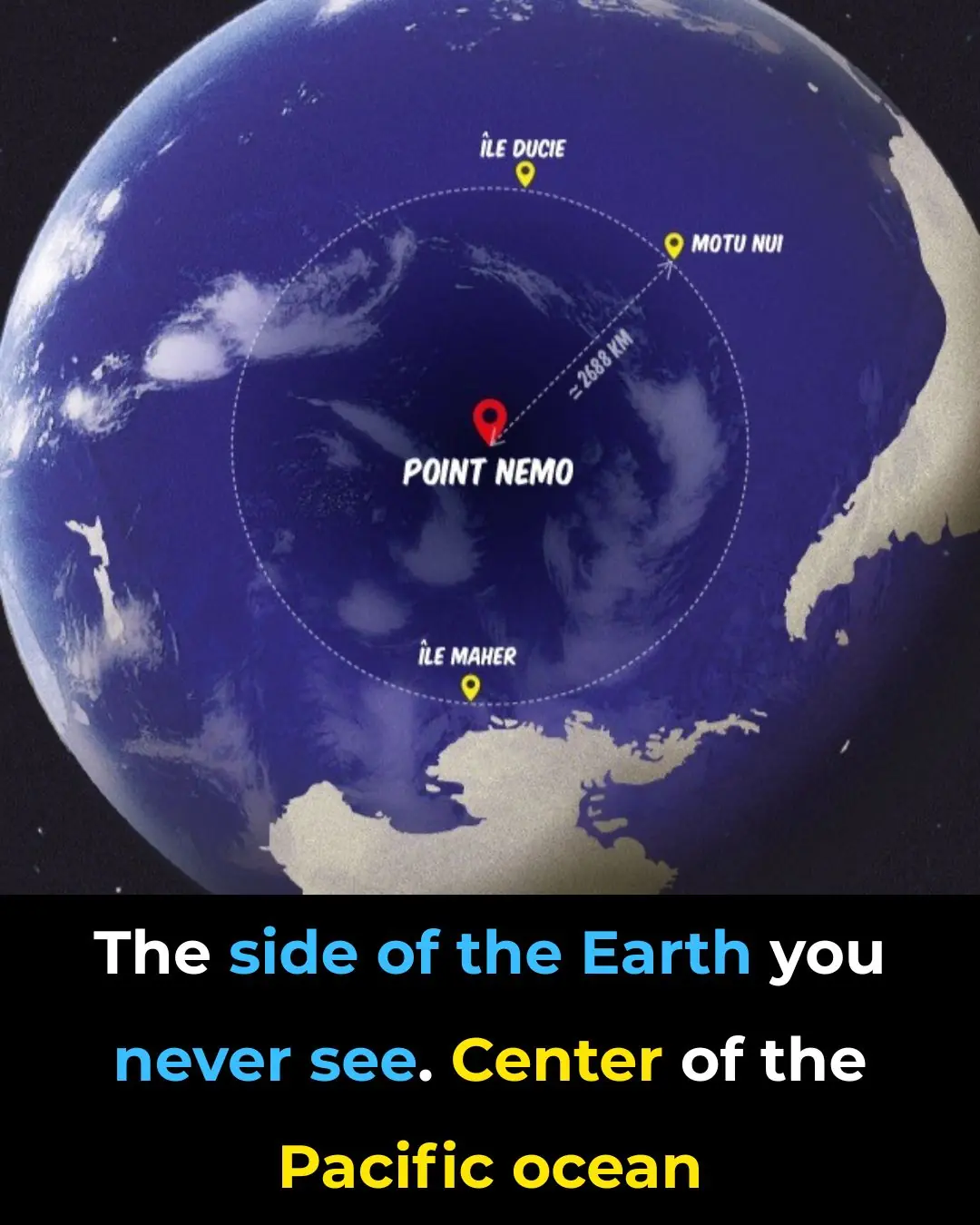
British Father and Son Become First to Swim Through Point Nemo, the Farthest Point From Land on Earth

Life on Tristan da Cunha – The World’s Most Isolated Island with Only 264 Residents
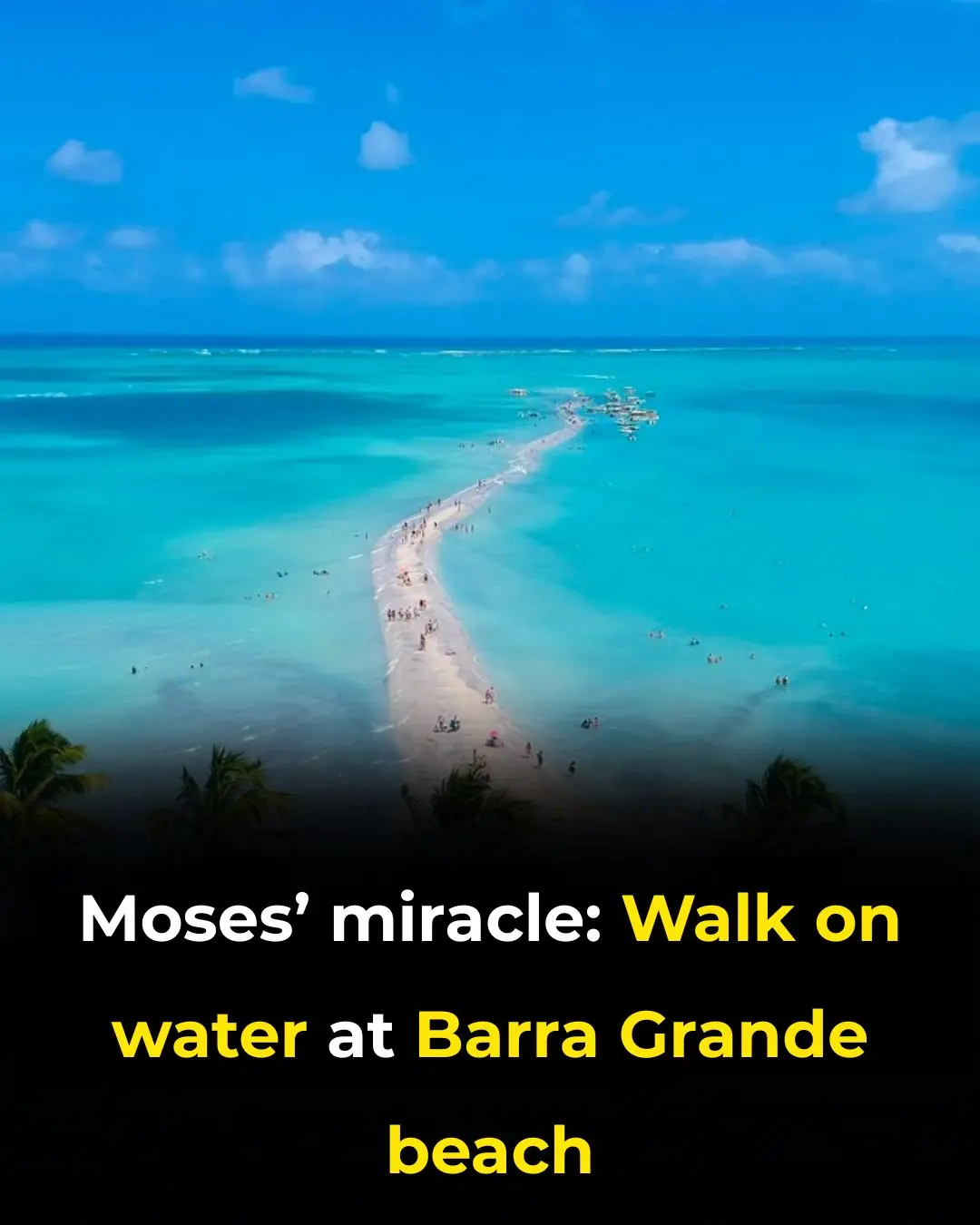
Moses’ Miracle: Walk on Water at Barra Grande Beach
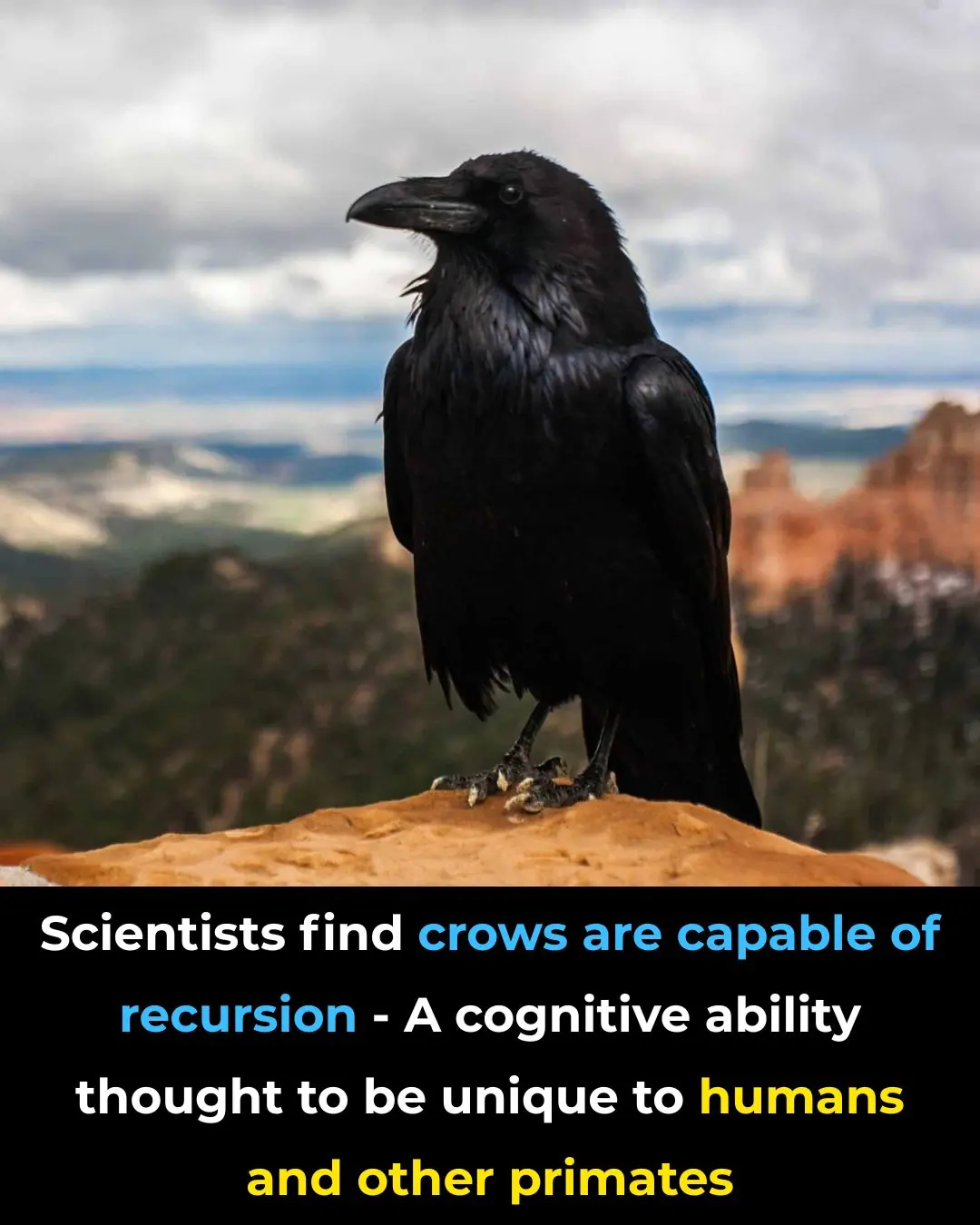
Scientists Find Crows Are Capable of Recursion — A Cognitive Ability Thought to Be Unique to Humans and Other Primates

If Your Ex Unblocked You, Here’s What It Means
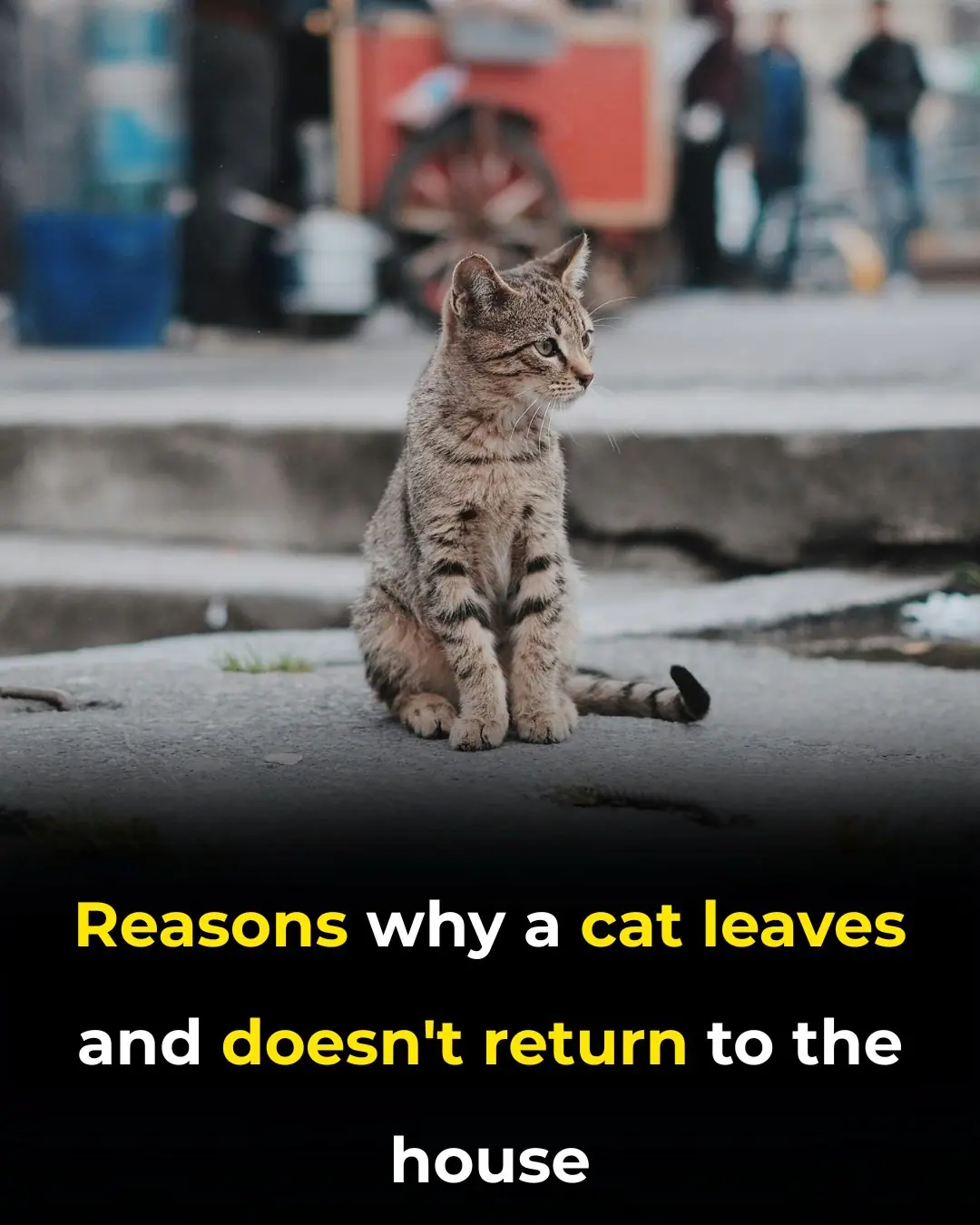
Why Cats Leave Home and Don’t Return

Shocking change to Xbox Game Pass has many people canceling their subscription
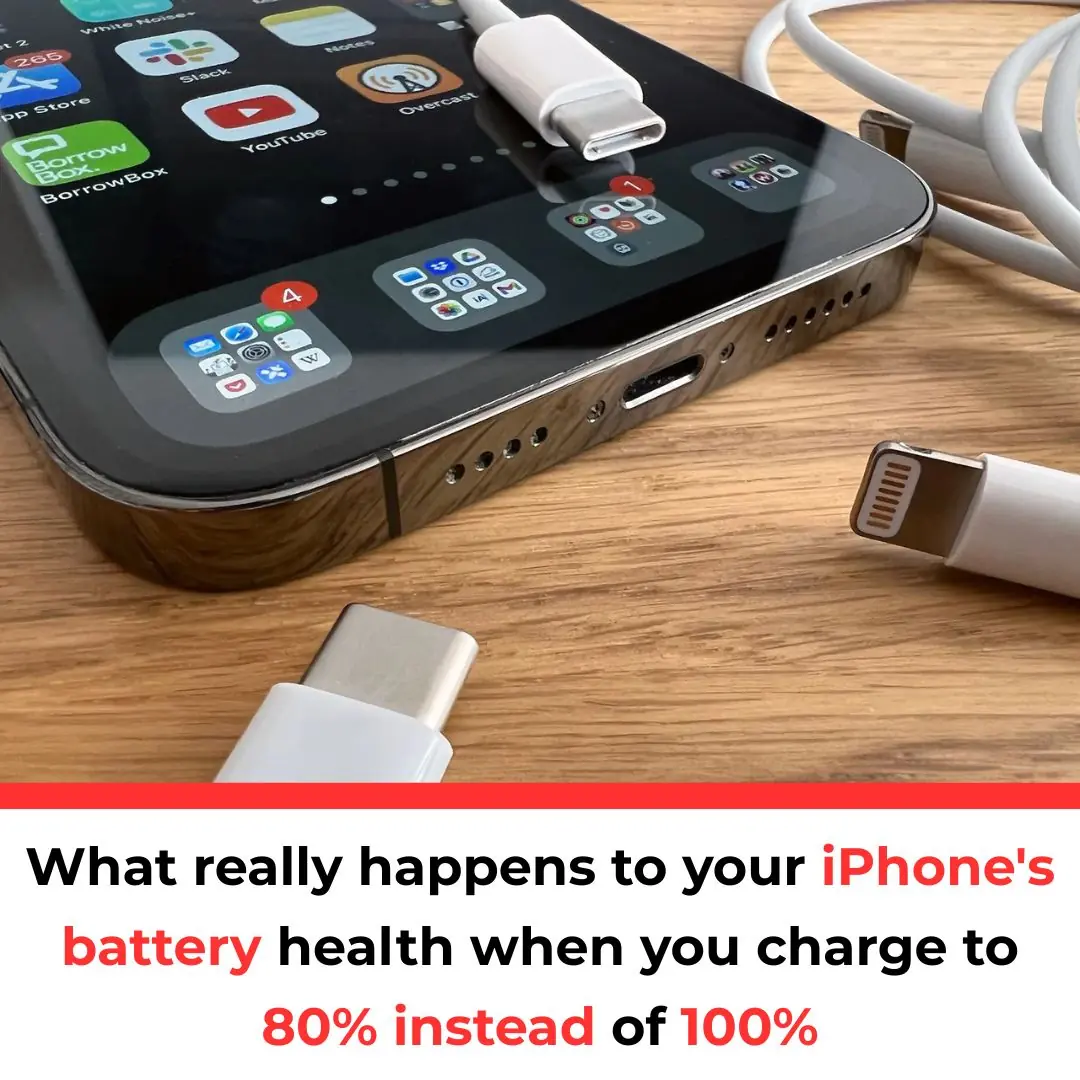
What really happens to your iPhone's battery health when you charge to 80% instead of 100%

The World’s First Living Biocomputer: Where Brain Cells Meet Technology
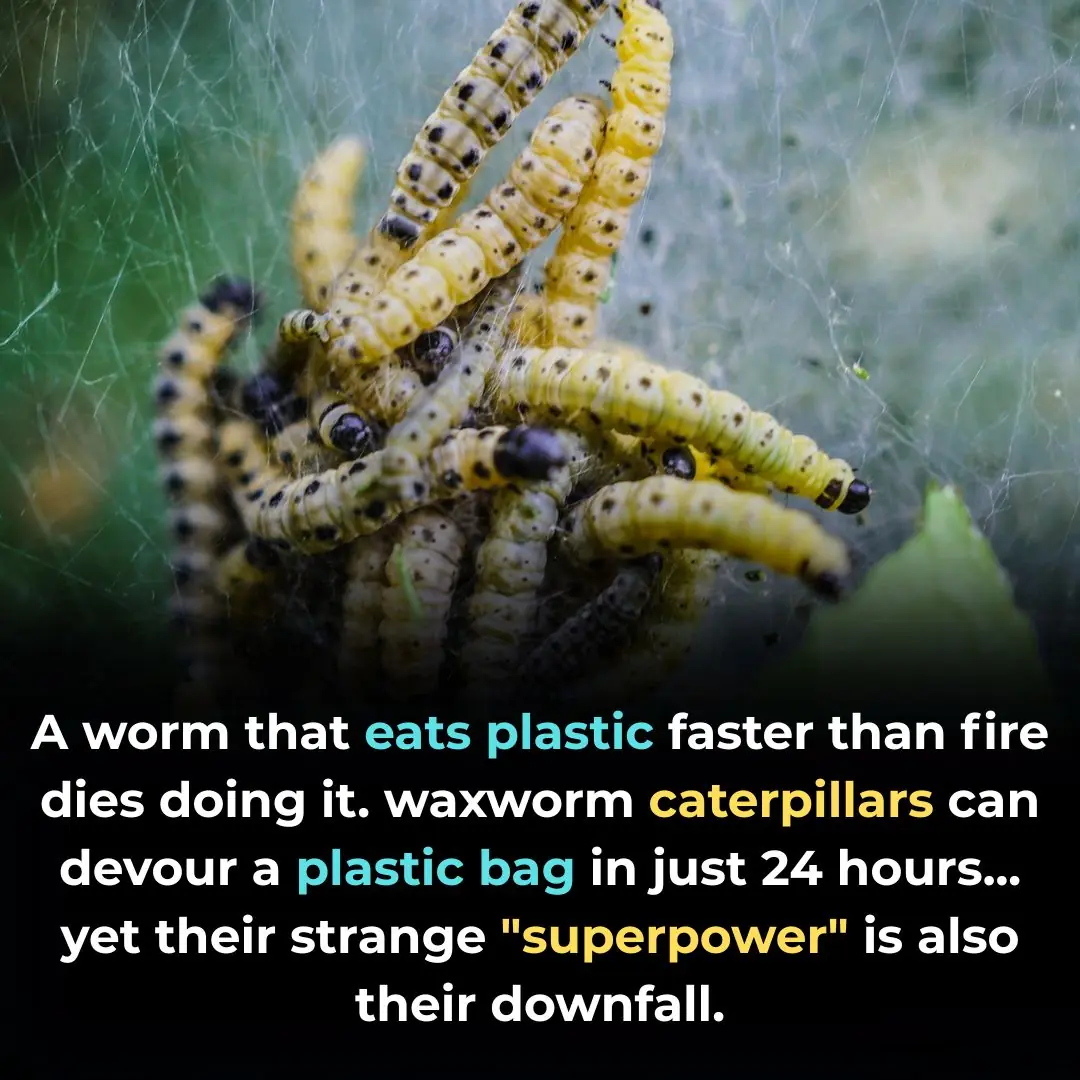
2,000 Worms vs. 1 Plastic Bag a Day: A Surprising Discovery in Canada
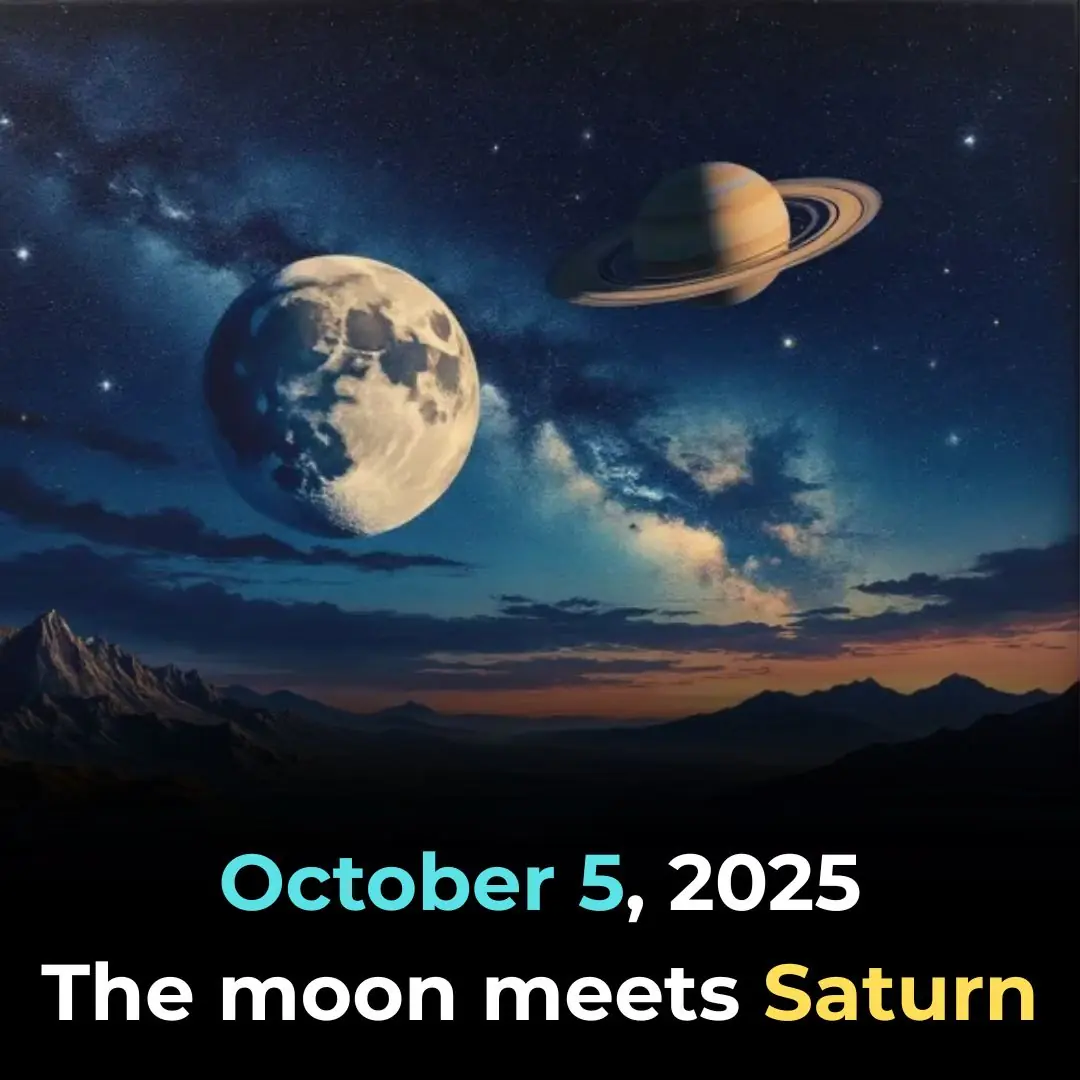
The moon and Saturn meet—October 5
News Post

Jennifer Hudson Champions Musical Inclusivity Amid Super Bowl Language Debate

Jennifer Hudson Cheers on Bad Bunny’s Super Bowl Swagger — and Starts Learning Spanish Herself

Charli XCX shares cryptic video after Taylor Swift’s ‘Actually Romantic’ diss
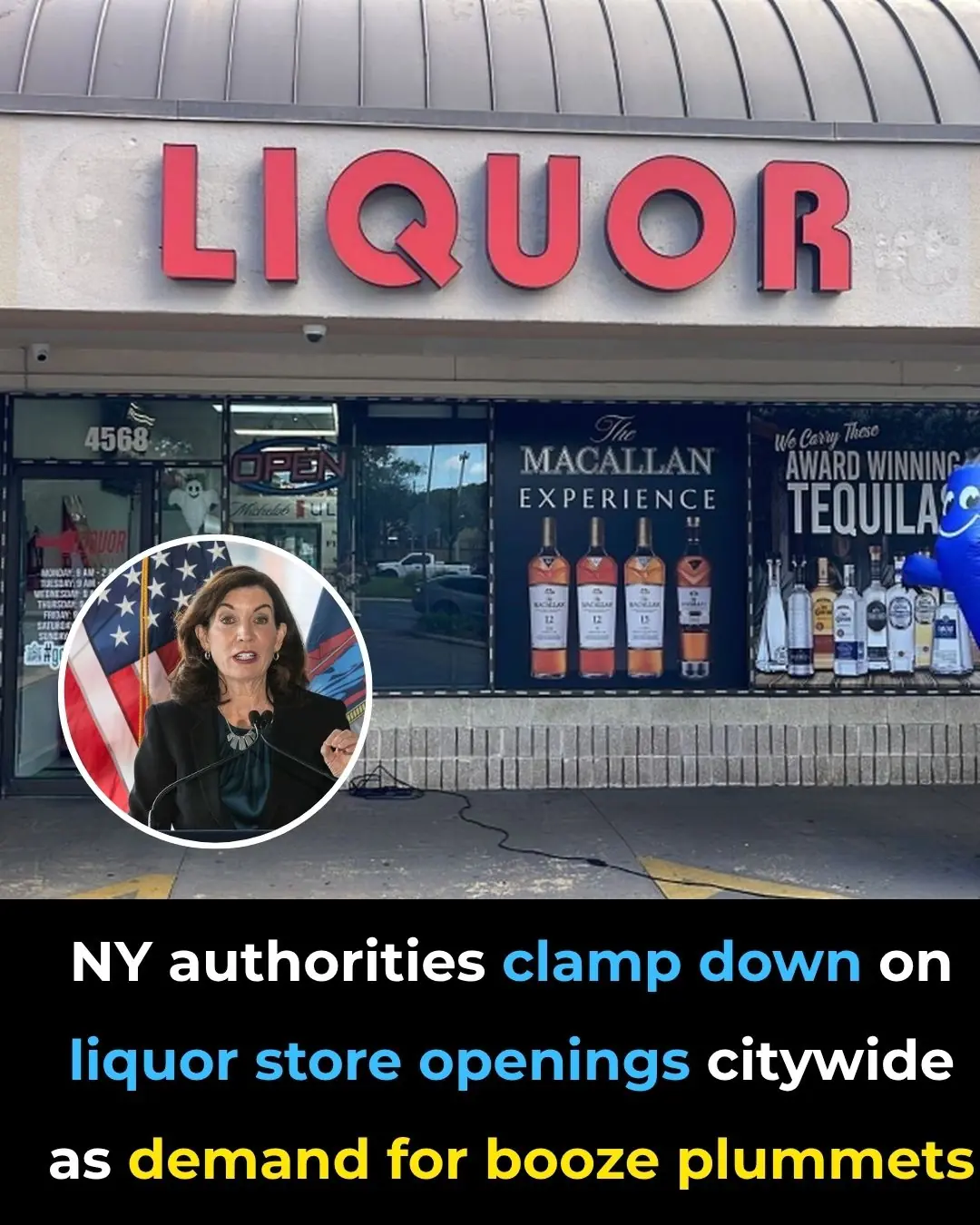
NY authorities clamp down on liquor store openings citywide as booze demand plummets
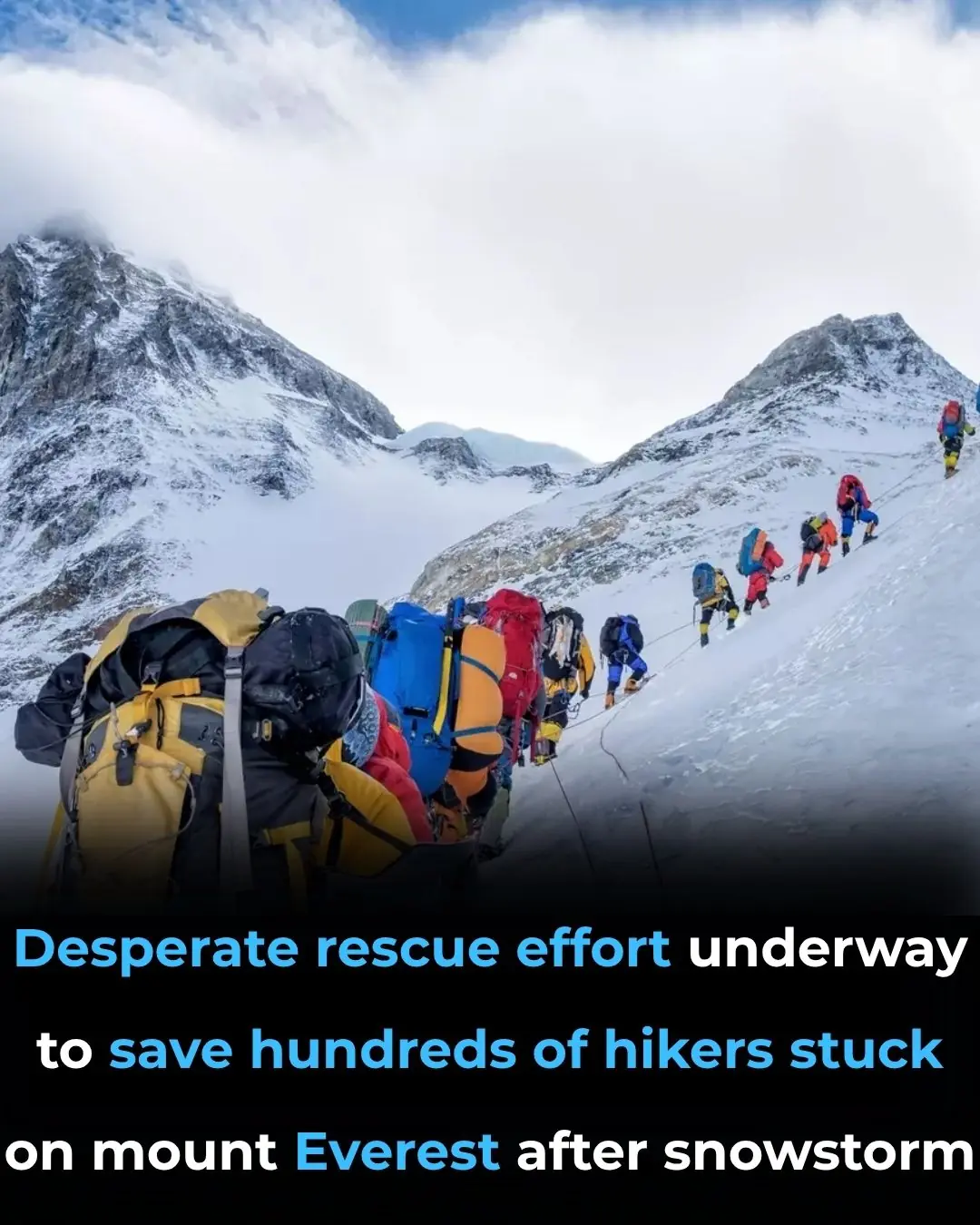
Desperate rescue effort underway to save hundreds of hikers stuck on Mount Everest after snowstorm

Six signs you may be a functioning alcoholic according to doctor

Pineapple Water: A Refreshing Drink That Supports Your Health

The Silent Threat: Recognizing Early Signs of Kidney Disease and Lifestyle Prevention

A Heartwarming Encounter: A Child’s Innocence and the Power of Love.

The Stranger Who Stopped: How One Man’s Compassion Saved a Life on a Busy Georgia Road
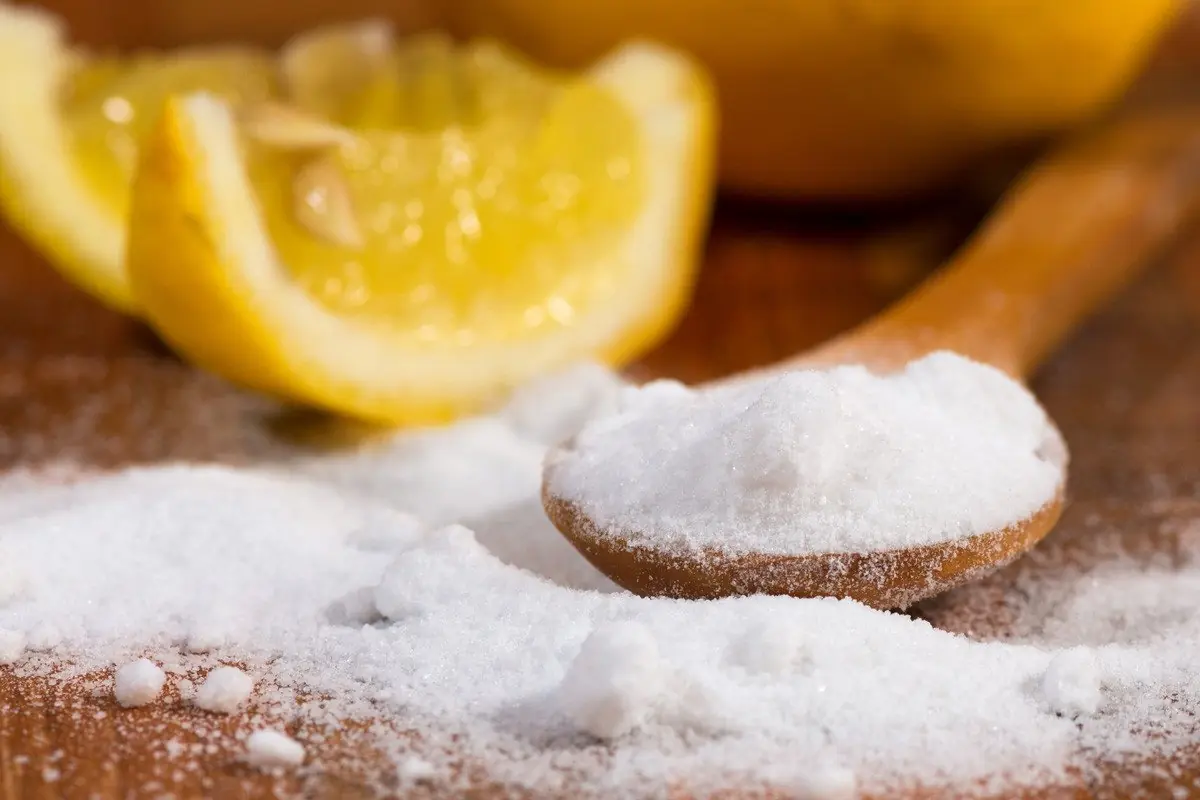
Baking Soda (Bicarbonate of Soda): Uses and Benefits (Science Based)

A Father’s Day Gift Like No Other: A Daughter’s Kidney, A Father’s Second Chance

Benefits of Walking: Why Walking is One of the Best Forms of Exercise 🚶♀️

Maliyah’s Fight: A Fifteen-Year-Old Cheerleader Battling Stage 4 Cancer With Courage and Faith

No Cake, No Balloons: A Firefighter’s Quiet Birthday of Purpose and Service

Orangutan Secretly Watches Over Woman During Jungle Survival Challenge
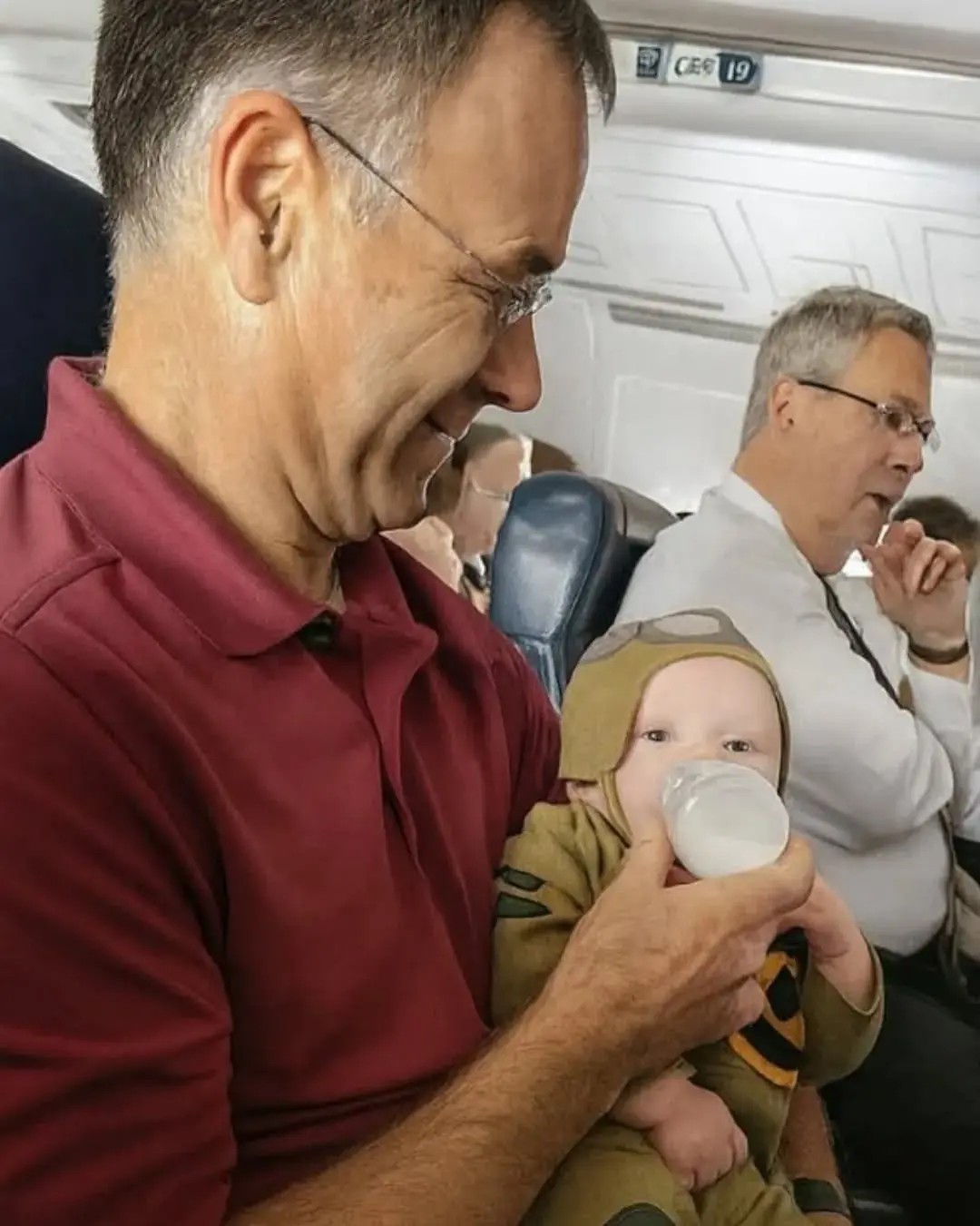
“The Stranger on a Plane: How One Man’s Kindness Gave a Mother the Gift of Rest”

A Little Fighter’s Final Victory: Remembering Bryson’s 1,027-Day Battle
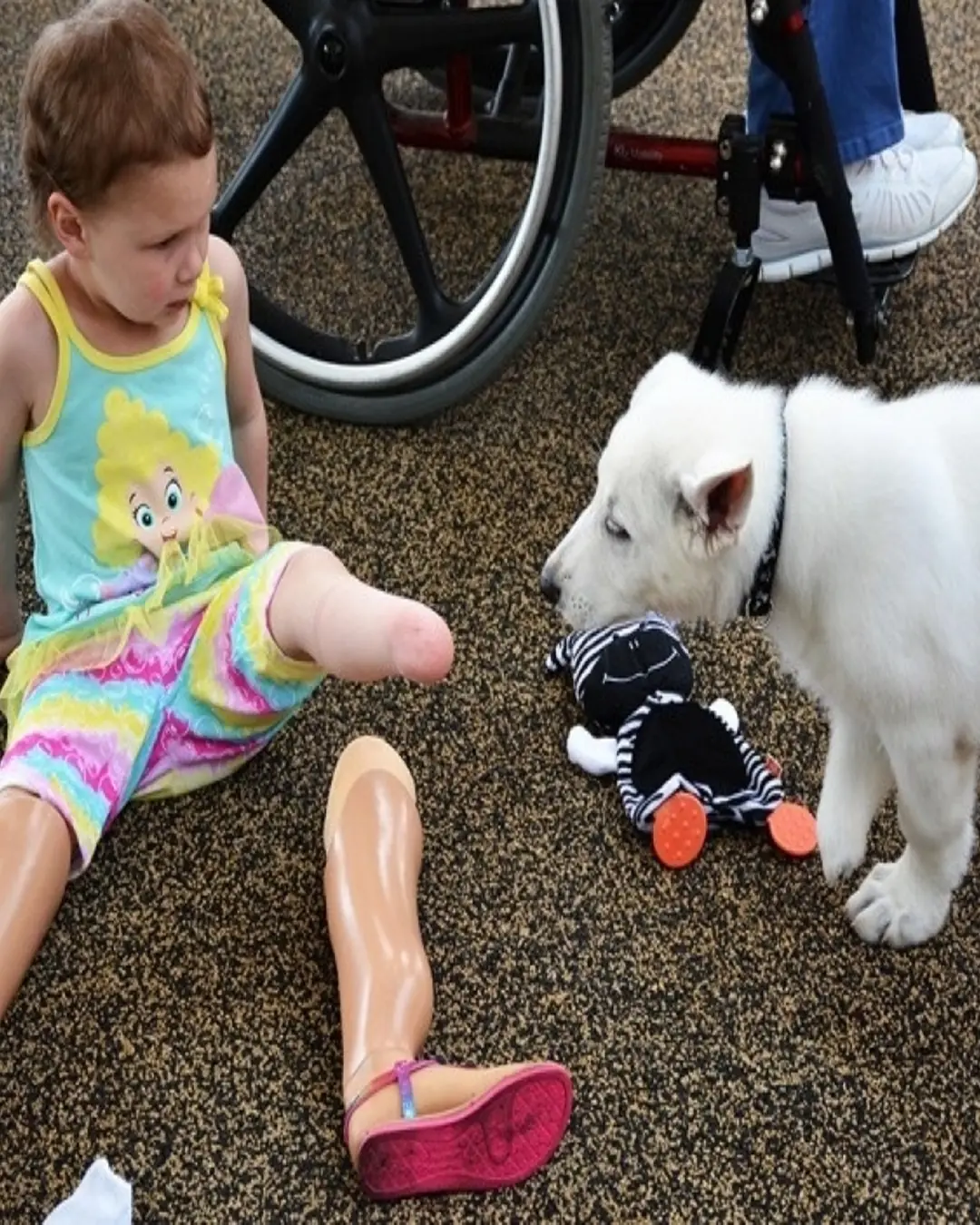
A Match Made in Dog Heaven: A Toddler and Her Puppy Who Share a Special Bond
